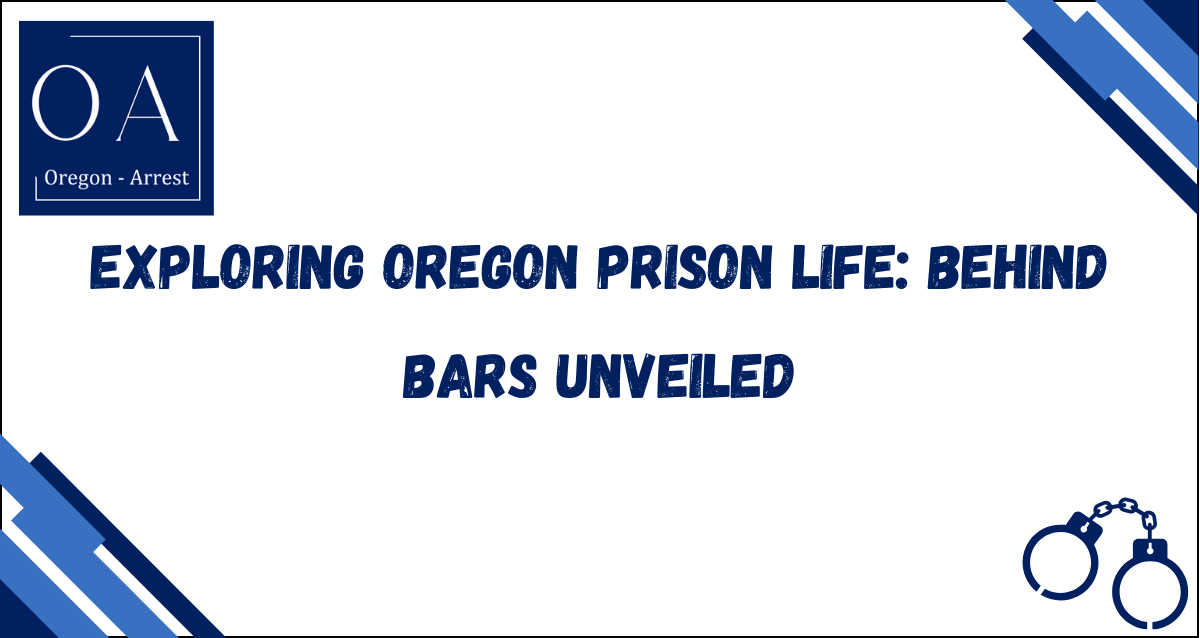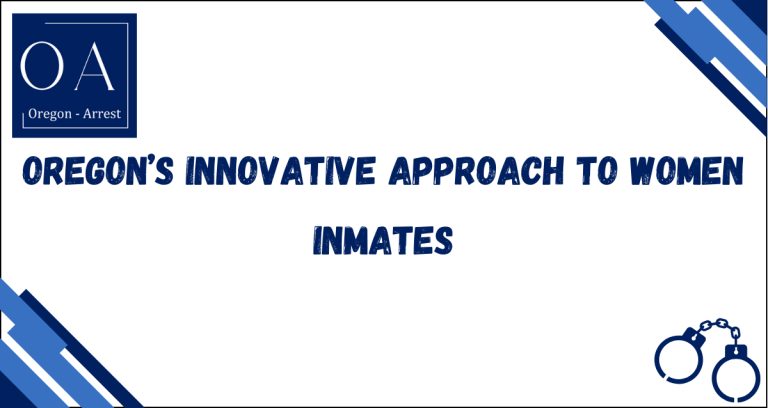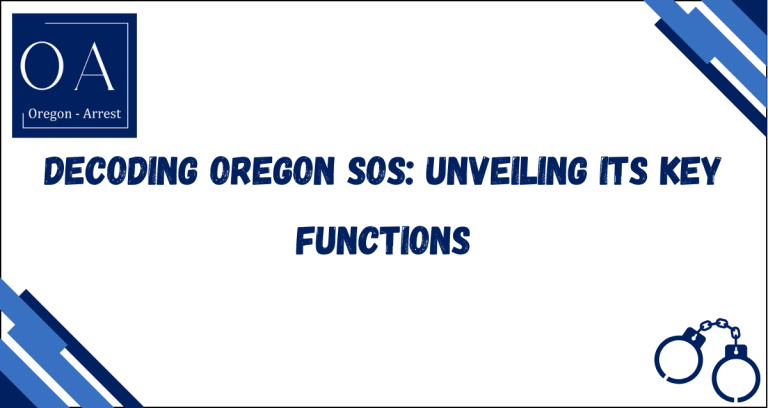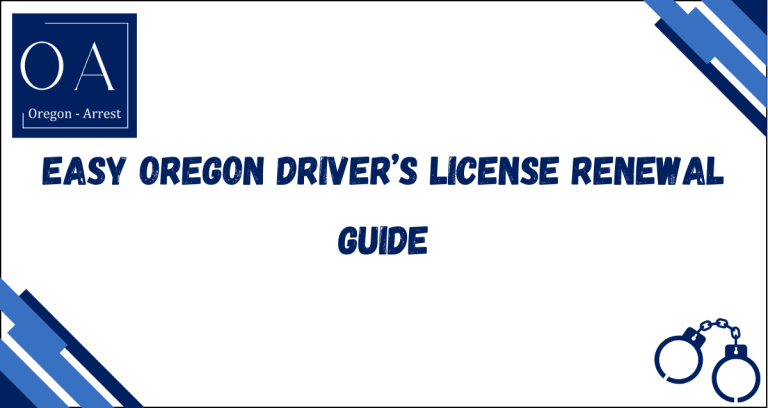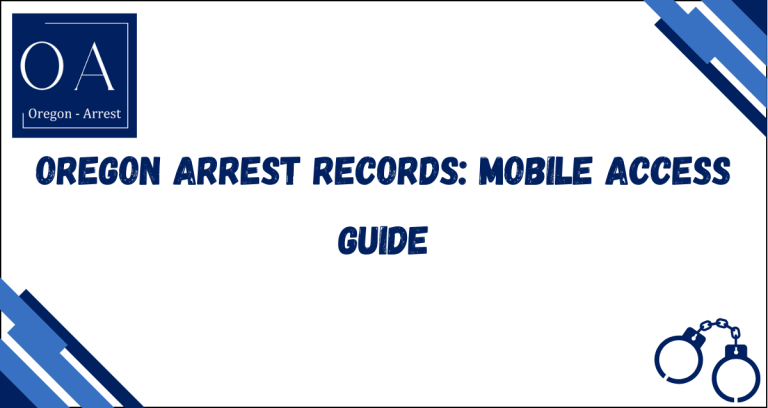Exploring Oregon Prison Life: Behind Bars Unveiled
Prisons, often shrouded in mystery, hold a captivating intrigue for those on the outside. The dynamics of life behind bars are multifaceted, rousing curiosity and concern alike. Oregon’s correctional landscape presents a unique blend of challenges and approaches that merit exploration. In this article, we delve into the enigmatic world of Oregon’s prisons, shedding light on the realities faced by inmates and the systems that govern their lives.
Behind every prison wall lies a complex web of stories, emotions, and regulations. As we venture into the realm of Oregon’s penitentiaries, the purpose is not just to satisfy our curiosity, but to gain insight into the intricacies of incarceration. From the daily routines to the psychological toll, understanding the facets of prison life can unveil the broader societal issues intertwined with the correctional system.
Understanding the Prison System in Oregon
Oregon’s prison system operates on a tiered structure that caters to diverse offender profiles. The hierarchy influences security measures, interactions among inmates, and resource accessibility. The spectrum ranges from minimum-security facilities, which focus on rehabilitation, to maximum-security prisons designed for containment. This balance between rehabilitation and punishment significantly shapes the daily experiences of both inmates and staff.
Daily Life for Inmates Behind Bars
Within the confined walls of Oregon’s prisons, inmates adhere to meticulously structured daily routines. These routines encompass meals, work assignments, and recreational activities, instilling a sense of stability. However, the very routine that provides stability can lead to monotony and mental strain over time. Inmates’ access to education, vocational training, and counseling becomes pivotal in determining their prospects for successful reintegration into society upon release.
Challenges Faced by Inmates within the System
The life of an inmate is fraught with challenges within the prison environment. The psychological impact of isolation, safety concerns, and restricted autonomy are just a few stressors. Limited personal space, separation from family, and inadequate healthcare further contribute to the hardships of incarceration. Moreover, issues like gang involvement can heighten the complexities faced by inmates during their sentences.
The Role of Rehabilitation in the Correctional System
Rehabilitation forms a cornerstone of modern penitentiary systems. Oregon offers education and addiction treatment, designed to equip inmates with skills for a smoother reentry into society. However, the effectiveness of these initiatives can vary based on factors such as funding availability and inmate engagement. The goal is to reduce recidivism by addressing the root causes of criminal behavior.
The Journey of Reentry and Beyond
The transition from prison back to society marks a crucial phase in an inmate’s journey. Oregon’s efforts to facilitate successful reintegration encompass transitional programs, halfway houses, and community support networks. Successfully navigating this phase requires overcoming societal stigmas, securing employment, and complying with parole conditions. The interplay between personal determination and external support often determines an ex-inmate’s ability to break the cycle of incarceration.
FAQ’s
What is the purpose of Oregon’s different prison security levels?
Oregon’s prison security levels serve distinct purposes, from reintegration in minimum-security facilities to containment in maximum-security prisons.
How does Oregon address inmate mental health?
Oregon provides mental health counseling, yet adequacy can be affected by resource constraints within the correctional system.
Do inmates in Oregon have educational opportunities?
Yes, Oregon offers education and vocational training, aiming to enhance reentry prospects and reduce recidivism. Availability can vary by facility type and funding.

